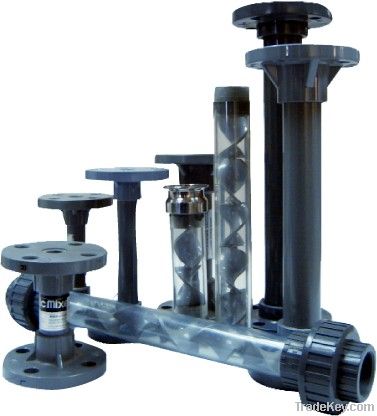

FOB Price
Get Latest Price|
1 Set Minimum Order
Country:
China
Model No:
-
FOB Price:
Place of Origin:
-
Price for Minimum Order:
-
Minimum Order Quantity:
1 Set
Packaging Detail:
-
Delivery Time:
-
Supplying Ability:
-
Payment Type:
T/T
Product Group :
-
Contact Person Ms. Lesley
No. 19, South Road of the West 4th Ring, Beijing, Beijing
| Country: | China |
| Model No: | - |
| FOB Price: | Get Latest Price |
| Place of Origin: | - |
| Price for Minimum Order: | - |
| Minimum Order Quantity: | 1 Set |
| Packaging Detail: | - |
| Delivery Time: | - |
| Supplying Ability: | - |
| Payment Type: | T/T |
| Product Group : | - |